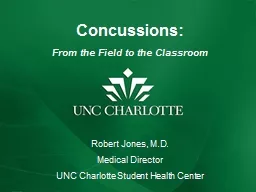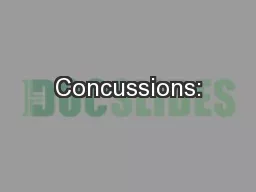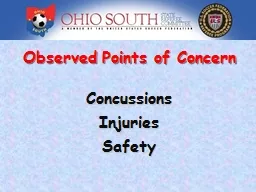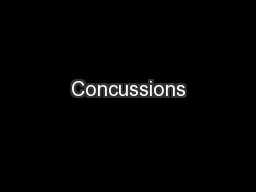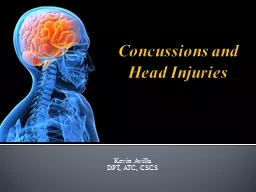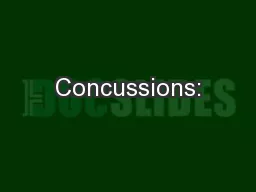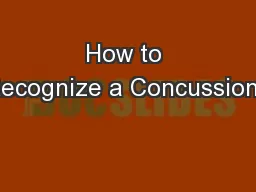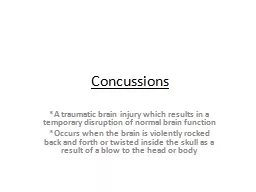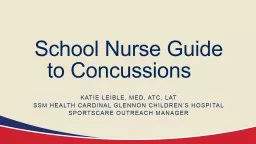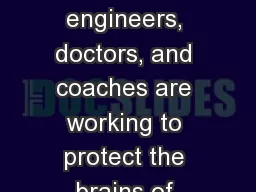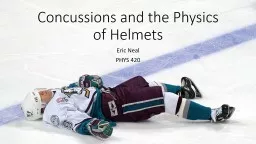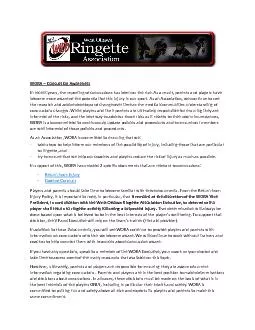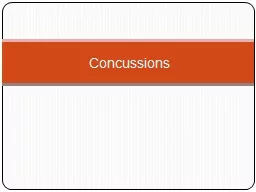PPT-Concussions: From the Field to the Classroom
Author : Lionheart | Published Date : 2022-07-28
Robert Jones MD Medical Director UNC Charlotte Student Health Center Objectives Identify common signs and symptoms of concussion Become familiar with the potential
Presentation Embed Code
Download Presentation
Download Presentation The PPT/PDF document "Concussions: From the Field to the Class..." is the property of its rightful owner. Permission is granted to download and print the materials on this website for personal, non-commercial use only, and to display it on your personal computer provided you do not modify the materials and that you retain all copyright notices contained in the materials. By downloading content from our website, you accept the terms of this agreement.
Concussions: From the Field to the Classroom: Transcript
Download Rules Of Document
"Concussions: From the Field to the Classroom"The content belongs to its owner. You may download and print it for personal use, without modification, and keep all copyright notices. By downloading, you agree to these terms.
Related Documents

